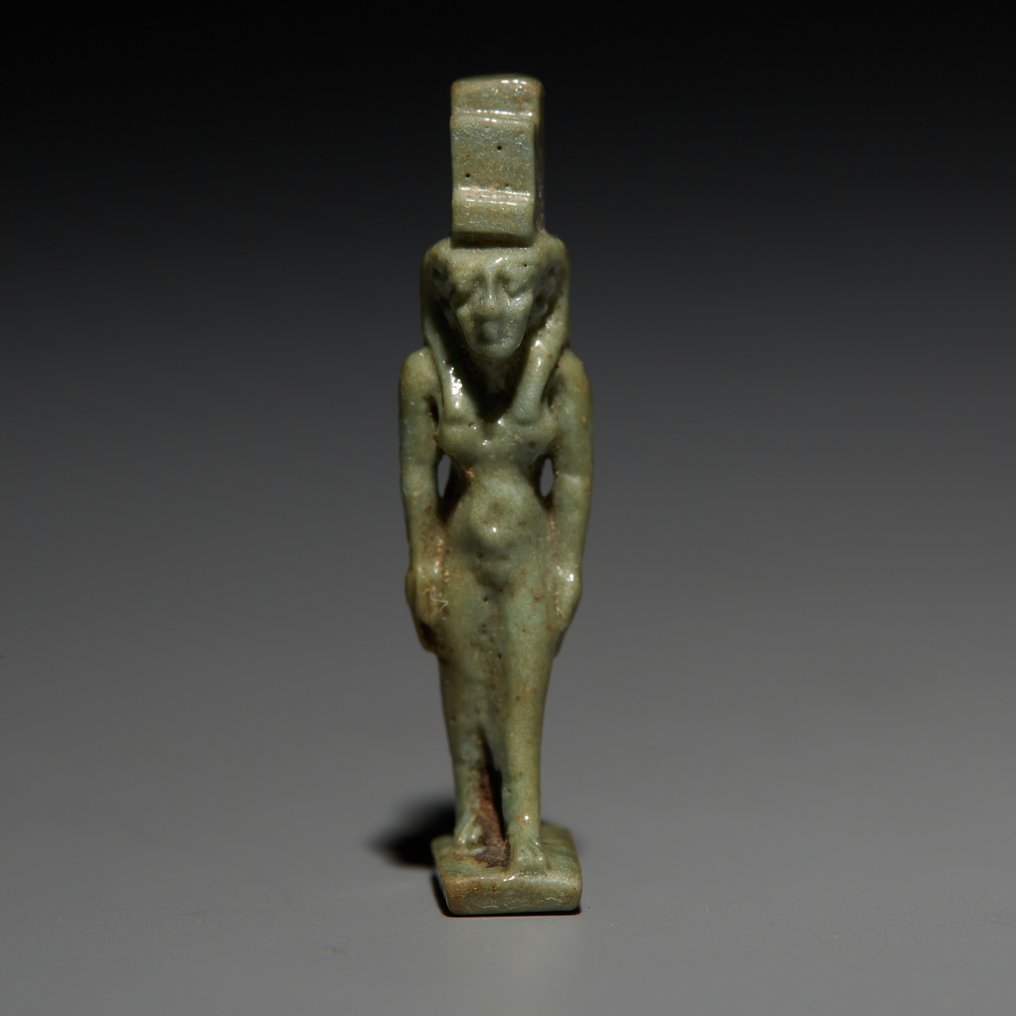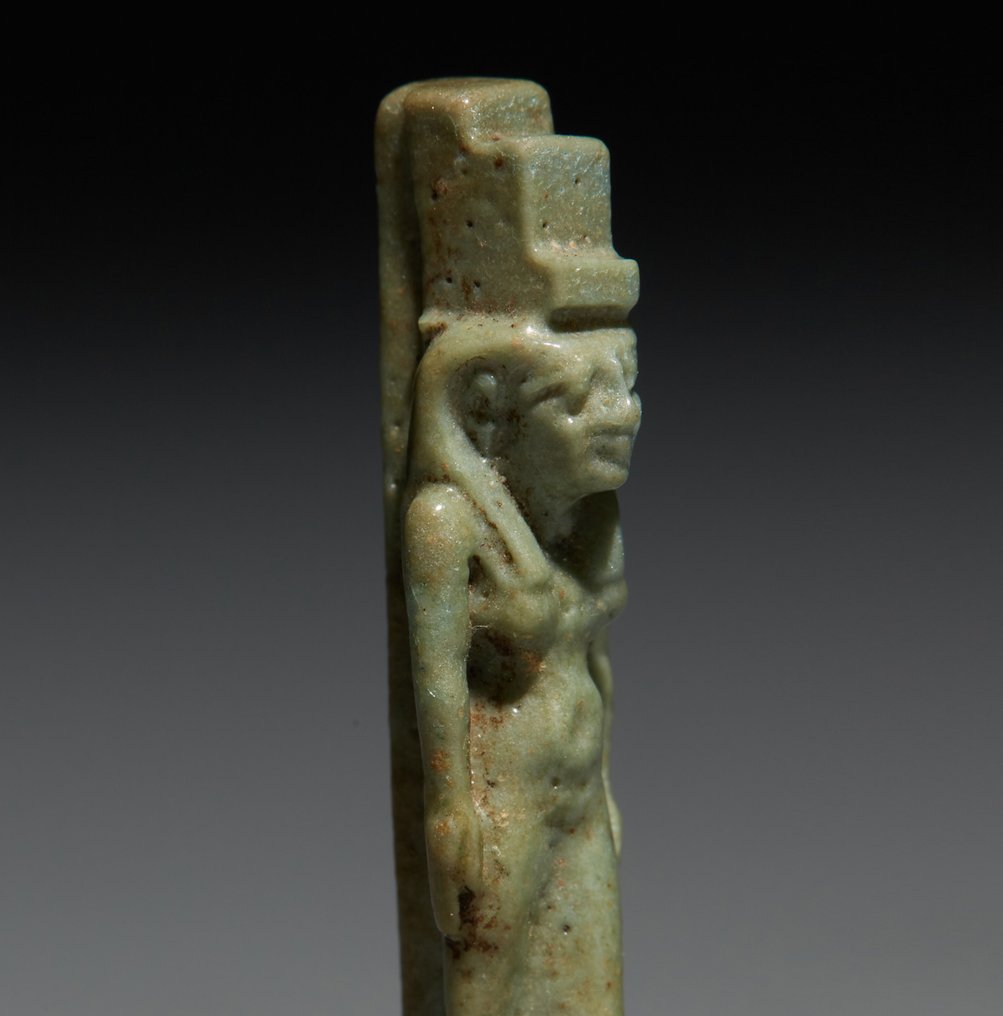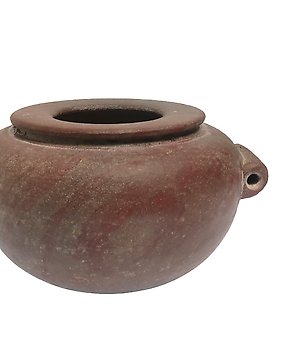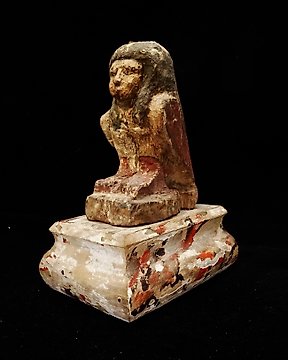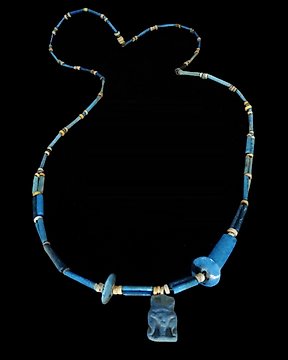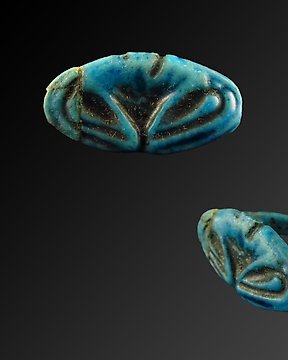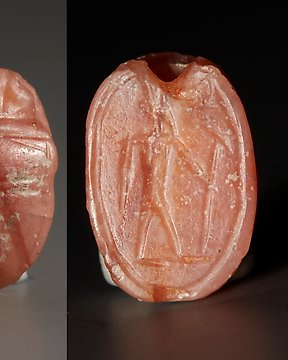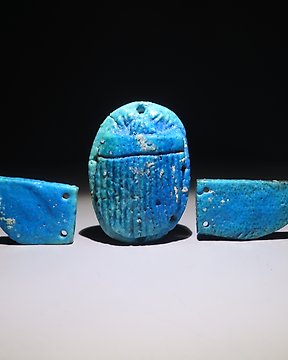Declinarea responsabilității
Vânzătorul garantează și poate dovedi că obiectul a fost obținut în mod legal. Vânzătorul a fost informat de către Catawiki că trebuie să furnizeze documentația cerută de legile și reglementările din țara de reședință. Vânzătorul garantează și are dreptul de a vinde/exporta acest obiect. Vânzătorul va furniza cumpărătorului toate informațiile disponibile cu privire la proveniența obiectului. Vânzătorul se asigură că toate autorizațiile necesare sunt/vor fi puse la punct. Vânzătorul va informa imediat cumpărătorul cu privire la eventualele întârzieri în obținerea unor astfel de autorizații.
Vânzătorul garantează și poate dovedi că obiectul a fost obținut în mod legal. Vânzătorul a fost informat de către Catawiki că trebuie să furnizeze documentația cerută de legile și reglementările din țara de reședință. Vânzătorul garantează și are dreptul de a vinde/exporta acest obiect. Vânzătorul va furniza cumpărătorului toate informațiile disponibile cu privire la proveniența obiectului. Vânzătorul se asigură că toate autorizațiile necesare sunt/vor fi puse la punct. Vânzătorul va informa imediat cumpărătorul cu privire la eventualele întârzieri în obținerea unor astfel de autorizații.
